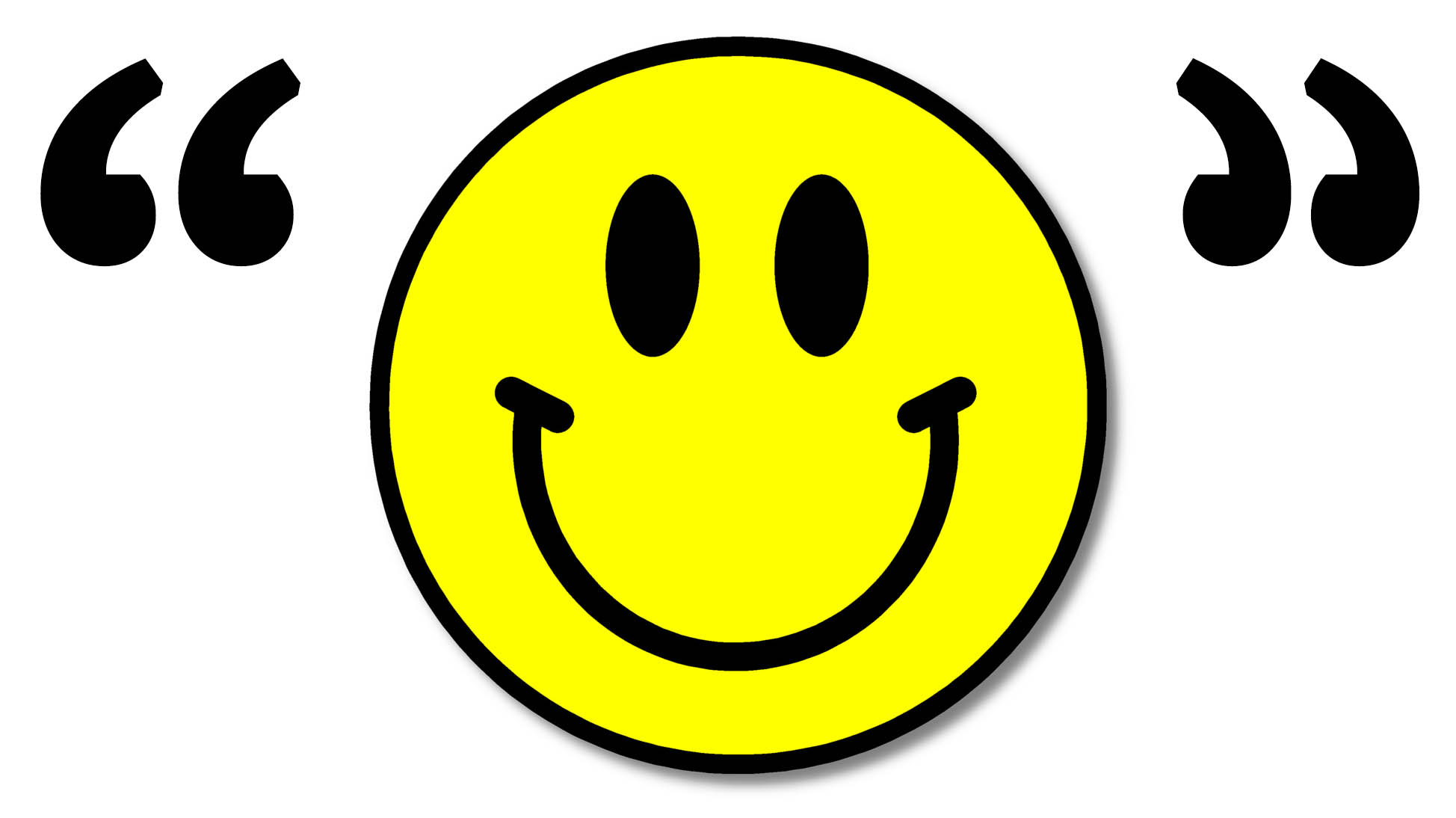Testimonials are an extremely powerful marketing tool. A well made testimonial connects the viewer’s emotional problem to solve with the solutions you are offering. It comes across as sincere and authentic without being “salsey.” In this post I will share with you a system to acquiring more emotional, meaningful, and memorable testimonials from your clients that sell from the heart.
Ask and you shall receive.
Testimonials can be looked upon as a deliberate extension of word of mouth marketing. You’re not waiting for the conversations to start happening, but taking control and actively collecting, assembling, and producing customer generated word of mouth- (aka testimonials.)
Many companies make the mistake of waiting for testimonials to trickle in. The trouble with this organic approach is they miss a tremendous opportunity to capture specific success stories that will resonate with their ideal clientele.
Who do you ask?
I suggest asking as many people as you can, but make sure to ask the ones that really were helped and touched by your product or service. The folks who exemplify your best clients because great customers attract great customers.
How do you ask?
Provide a simple and easy testimonial questionnaire.
Some take initiative and ask, but never give their client’s enough direction as to how they should write their testimonials. The result is either not getting enough content to work with in the message, or ending up having a bunch of ramblings that are all over the place with no focus.
The key is to set up a system that provides a venue for the client to easily and quickly give you the right type of testimonial that will resonate with your intended audience.
The most effective way to do this is to ask the right questions that structure your testimonials as stories with a beginning, middle, and end.
A well made testimonial connects the viewer’s emotional problem to solve with the solutions you are offering.
Why do it this way? Three reasons.
- Stories are easily remembered and shared.
- A good story follows a character’s hardships, struggles, and/or emotional journey complete with a happy ending. You are the hero.
- The story being told, if presented as truthful, will instill brand trust in the viewers mind.
Three simple focus areas that will keep your testimonials on track and in a story format.
- Before: What was your life like before using the product or service? What were your struggles, pains, anxieties, fears, anger, etc. What drew you to the product or service? Why did you pick up the phone?
- During: What was your life like working with the product or company? How did it/they solve your problem? What specific thing stood out to you?
- After: What is your life like now? What has been the marked improvement or benefit? Would you go back again or recommend? Why?
When do you ask?
As soon as possible after the product or service has been experienced.
I know that might seem too general, but every product or service is different. The key is to ask at the peak of their excitement.
Often times a customer or client will express their enthusiasm and delight in your product or service off the cuff. You’ll need to train yourself and your staff to immediately ask permission to capture their testimonial in the conversation.
How do they provide their testimonial?
I’ve found Google Forms to be a fast an effective way to send out questionnaires via email. Or you can embed the Google Form into your website. You can assign your form to be entered into a Google Spreadsheet for easy access and archiving. The spreadsheet can be shared with your team.
…great customers attract great customers.
You may want to simply send out an email with three story centered questions and receive the reply. Or, provide links to your Yelp, Facebook Business page, Merchant Circle, yahoo reviews, Google Places, pages.
Or have a physical questionnaire ready to hand out or up at your front desk. The main thing is to have a system in place.
Follow up
Make sure to follow up several times if you do not get a response right away. People are busy and they may forget to respond. Gentle reminders are to be expected.
**Special note**
Ask permission to edit their testimonial. I’ve never had a client have a problem with this. Just specify somewhere on the form and get a check mark. Google forms can handle this as well.
The key is to build an emotional story that connects the viewers pain to the subjects pain. The viewer gets to see how their pain will be solved. It’s all in a story format so it resonates deeply and is easy to remember and share.


